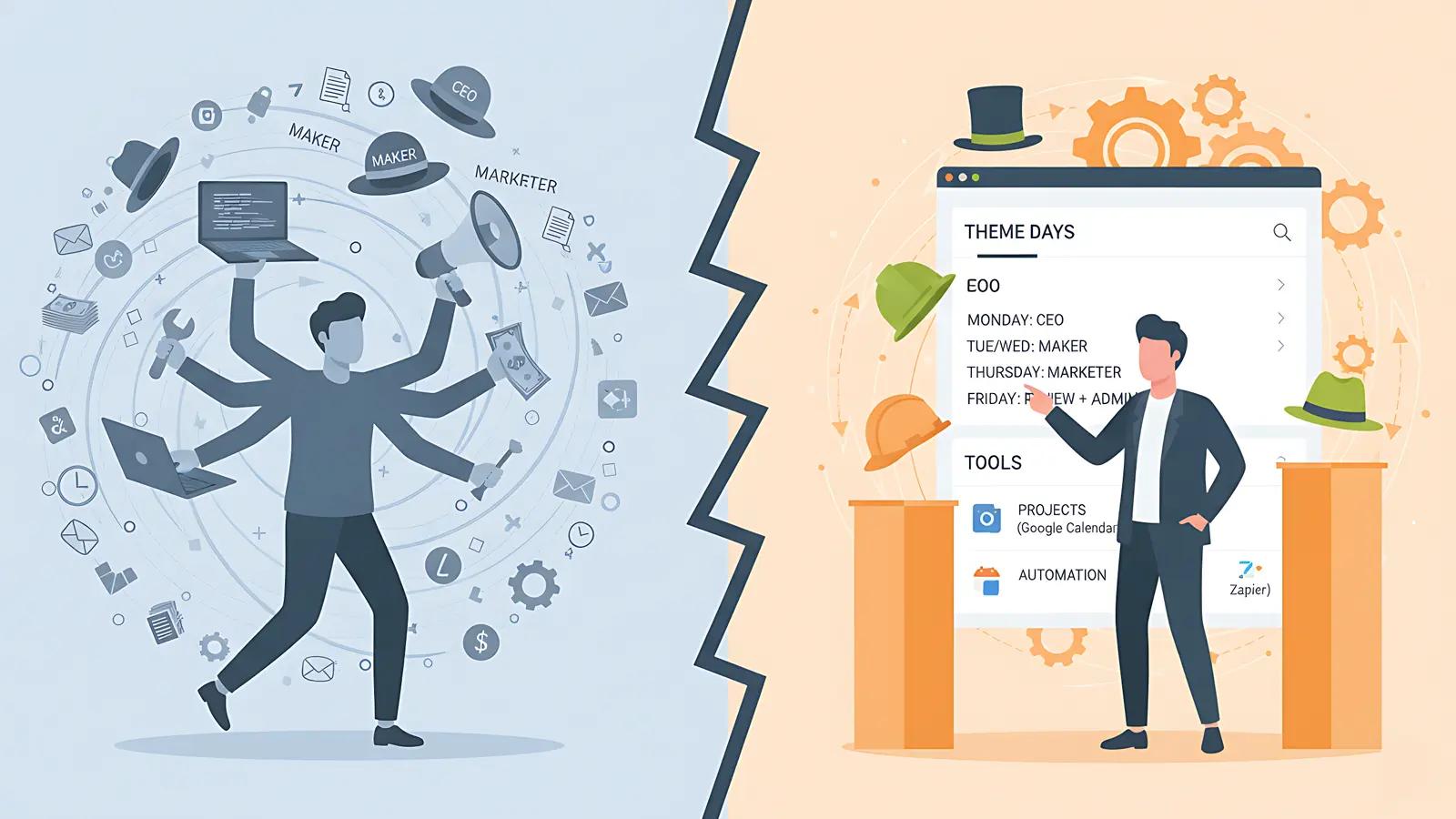The 'First 10 Customers' Blueprint: A Motivational Guide for New Entrepreneurs
Your product is built. Now, silence. Getting the first 10 customers is the hardest part. This motivational, no-fluff guide gives you 7 actionable strategies to get your first 'yes.'

Introduction: You've built your product, launched your website, and told your family. Now... crickets.
The journey from 0 to 1 customer (and then to 10) is the most difficult, emotionally-draining phase of any business. It's a wall of rejection and self-doubt. But it's also the most important. You don't have a business until you have a paying customer.
This guide isn't about 'scaling to 1 million users' with Facebook Ads or SEO. This is about 'hand-to-hand combat.' This is how you get your first 10.
The 'Do Things That Don't Scale' Mindset
Y Combinator, the world's most successful startup accelerator, drills this into its founders. Forget 'scalable' strategies. Your first 10 customers will come from things you cannot do when you're a big company.
Your goal is not 'Revenue,' it's 'Learning.' Your first 10 customers are your real focus group, the ones who will tell you the truth your friends and family won't.
7 Strategies to Get Your First 10 Customers
1. 'Warm Outreach' (Your Tier 2 & 3 Network)
Don't bug your mom (Tier 1). But your old colleagues, your LinkedIn connections, your college alumni? They are your Tier 2 & 3 network.
- The Script: Don't 'sell,' ask for 'advice.'
- "Hi [Name], long time no see. I'm building a [product] for [target audience] and I know you're an expert in [field]. Could I get your 15-min, brutally honest opinion on it?"
- If they like it, they will often ask to become a customer or recommend someone who will.
2. The 'Watering Hole' Strategy (Go Where They Are)
Where do your ideal customers 'hang out' online?
- Subreddits
- Slack groups
- Facebook groups
- Niche forums
- The Strategy: Do NOT go in and spam your link. You will be banned. Spend 2 weeks giving. Answer questions. Offer advice. Be helpful. Then, when relevant, mention your solution. "Oh, I was actually so frustrated with [problem] that I built a small tool to solve it. It's [product]."
3. The 'Manual' Competitor Strategy
Find people complaining about your big competitors on Twitter or Reddit.
- The Search: Search "I hate [Competitor X]" or "[Competitor X] support is so slow."
- The Response: "Hey, I saw you're frustrated with [problem]. I'm building a simpler/faster alternative that's focused on [your value prop]. Would you be open to trying it (for free) and giving me some feedback?"
4. The 'Personalized Video' (Loom) Strategy
This is pure gold.
- The Plan: Find 20 ideal companies. Record a 60-second video (using a free tool like Loom) showing exactly how your product would help their specific website/problem.
- The Email: Send it with the subject: "A 60-second video for [Their Name]". The personalization is so high, they will watch it. It cuts through all the noise.
5. The 'Content for 10' Strategy
Write one, highly-specific blog post or social media thread that answers one specific question your ideal customer has.
- Bad: "Why Time Management is Good"
- Good: "How a Freelance Designer Can Save 5 Hours a Week on Invoicing"
- Then, share that piece of content in your 'Watering Holes' (see #2).
6. The 'Strategic Partnership' (Micro-Influencer)
Find a newsletter, blogger, or YouTuber in your niche (with 1k-5k followers) and offer them your product for free in exchange for an honest review. Their "small" audience is highly engaged and trusts their recommendation.
7. The 'Give it Away' Strategy (for Feedback)
Offer your product for free (or 90% off) to your first 10 users.
- The Catch: In exchange, they must agree to a 30-minute phone call to give you their brutal, honest feedback.
- Their feedback and (if they're happy) their testimonial are worth 100x more than their $10 payment.
Conclusion: Rejection is Just 'Data'
You will get 9 'no's for every 'yes.' This is normal. A 'no' is just data. "No, because it's too expensive" (Data). "No, because it's missing this feature" (Data). "No, I don't understand what it does" (Data). Your first 10 customers are out there. Go find them.
Frequently Asked Questions (FAQ)
S: I'm an introvert. The 'outreach' part terrifies me. C: Perfect. Introverts are often the best at this because they listen. Focus on the written strategies: #2 (Watering Hole), #3 (Manual Competitor), and #5 (Content). Frame it as 'helping' and 'learning,' not 'selling.'
S: How do I know what to charge my first 10 customers? C: Your price for the first 10 is almost irrelevant. You can charge 50% off, or even give it for free. Their feedback and testimonials are worth 100x more than their initial payment.
Written by Daily Motivation Team
Sharing motivational content to inspire your journey to success.
Related Articles

The Solopreneur’s Productivity System: How to Be CEO, Marketer, and Maker (Without Burning Out)
As a solopreneur, you're the entire team. This productivity system helps you manage the chaos, separate 'CEO' tasks from 'Maker' tasks, and build a sustainable business of one.

The Fear of Failure: Why It's Your Biggest Asset as an Entrepreneur
Fear of failure? Learn to turn it into data, motivation, and success. Reframe failure as your most powerful tool for growth.